
Woman in Taiwan Found With 300 Kidney Stones After Years of Drinking Bubble Tea
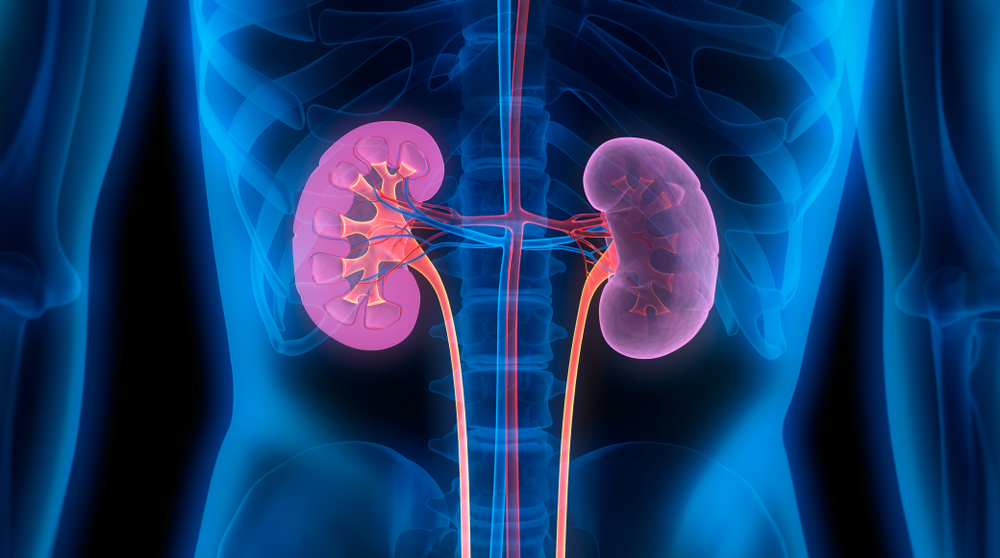
An Extraordinary Medical Mystery in Taiwan
In Taiwan, an extraordinary medical case has stunned both doctors and the public. A 20-year-old woman named Xiao Yu was rushed to Chi Mei Hospital in Tainan after suffering from a high fever and excruciating back pain. What doctors discovered inside her body defied belief: her right kidney was packed with over 300 stones. The sight was so extreme that the removed stones were said to resemble a tray of “mini steamed buns.”
The most shocking part wasn’t just the number of stones—it was the cause. For years, Xiao Yu had avoided drinking plain water, believing she could hydrate herself through bubble tea, fruit juices, and alcohol. This seemingly harmless habit of replacing water with sugary beverages had quietly turned her kidneys into a stone factory.
Her story is more than just a bizarre medical headline—it’s a wake-up call about modern lifestyles, where sugary drinks have become a daily comfort and water has been forgotten. Bubble tea, the beloved Taiwanese invention that has taken the world by storm, played a major role in her crisis. Doctors and public health experts now point to her ordeal as a cautionary tale that stretches far beyond Taiwan, underscoring the growing global dependence on sweetened drinks and its hidden toll on kidney health.
A Painful Wake-Up Call
When Xiao Yu first arrived at the hospital, doctors suspected a urinary tract infection or kidney inflammation. However, ultrasound scans quickly revealed a shocking image: her right kidney was swollen with fluid and jammed with hundreds of stones ranging from 5 millimeters to nearly 2 centimeters in diameter.
Ordinarily, patients develop one or two stones at a time—sometimes a handful. But more than 300 stones in a single kidney was a medical rarity. Blood tests showed high white blood cell counts, confirming a severe infection and inflammation caused by the stones blocking urine flow.
During questioning, Xiao Yu confessed that she almost never drank water. Instead, her daily hydration came from bubble tea, sugary fruit juices, and alcohol. What she didn’t realize was that these drinks, though satisfying, had left her body chronically dehydrated for years. When dehydration persists, the minerals in urine—like calcium, oxalate, and uric acid—become highly concentrated and begin to crystallize. Over time, these crystals fuse together into stones.
In Xiao Yu’s case, the buildup had been silent but relentless. Her back pain and fever were the body’s desperate signals of distress, the result of her kidney straining to function under the crushing load of hundreds of stones.
The Surgery That Made Headlines

Doctors acted immediately. They performed a percutaneous nephrolithotomy, a minimally invasive procedure where small incisions are made in the back so that instruments can reach the kidney directly and remove stones. The operation lasted about two hours, during which surgeons meticulously extracted over 300 stones—some no larger than grains of sand, others nearly the size of marbles.
The sight was so unusual that the surgical team compared the stones to a basket of steamed buns, a vivid image that quickly went viral in Taiwanese and international media.
After surgery, Xiao Yu’s condition stabilized, and she was discharged within days. Though she recovered physically, her case left a deep impression on both the public and the medical community.
Dr. Lim Chye-yang, the urologist who led the procedure, emphasized the critical role of hydration in kidney health. Without enough water, he explained, urine becomes overly concentrated, and minerals crystallize more easily. Sugary drinks make matters worse by introducing compounds that increase kidney workload and promote crystallization.
The Bubble Tea Problem

Bubble tea—also known as boba tea—is more than just a beverage; it’s a cultural icon. Originating in Taiwan in the 1980s, it has since become a global craze, adored for its chewy tapioca pearls and endless flavor combinations. Yet behind its charm lies a troubling truth: a typical cup of bubble tea can contain up to eight teaspoons of sugar, far exceeding the daily recommended intake.
Add in syrup-coated pearls and flavored creamers, and the drink transforms into a caloric bomb disguised as refreshment. Nutritionists warn that drinking it daily, as Xiao Yu did, can wreak havoc on the body.
Excess sugar raises the risk of obesity, type 2 diabetes, and metabolic syndrome. The tea and milk mixture adds oxalates and phosphates, substances that contribute to kidney stone formation. Even caffeine from the tea base can elevate blood pressure and strain the kidneys.
And while bubble tea pearls might look fun, they offer almost no nutritional value—just starch and sugar. Experts say that enjoying bubble tea occasionally is fine, but when it replaces water entirely, it becomes a hidden health trap.
Xiao Yu’s other drink choices—fruit juice and alcohol—made matters worse. Despite their healthy image, most fruit juices are loaded with sugar nearly equal to soda. Alcohol, meanwhile, is a diuretic, which causes fluid loss instead of hydration. The combination left her kidneys chronically overworked and undernourished.
The Science of Kidney Stones
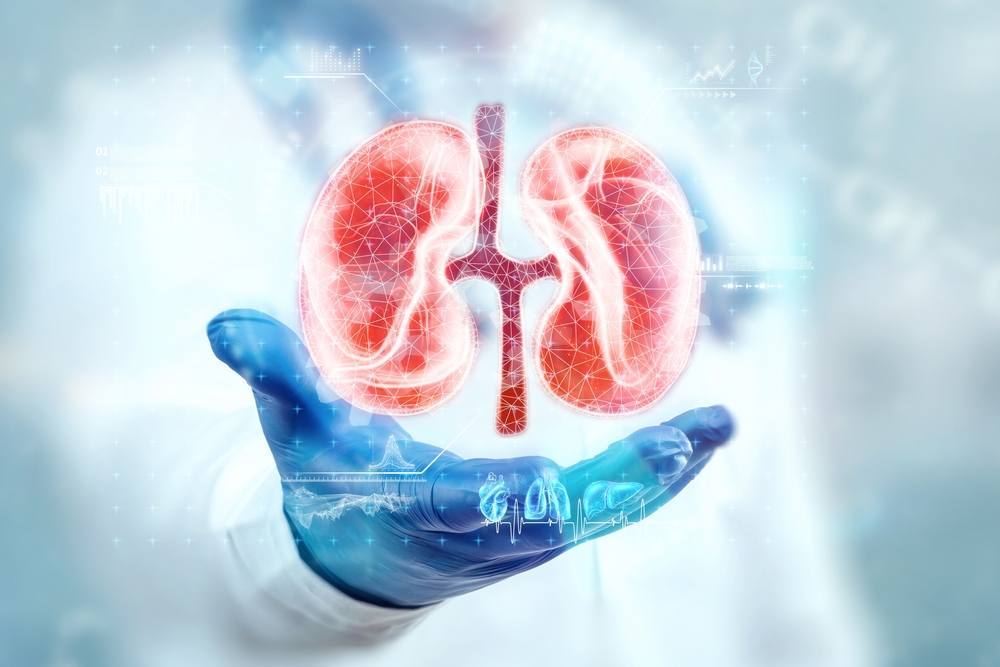
Kidney stones form when the delicate balance of minerals and fluids in the urine breaks down. Normally, sufficient water dilutes minerals, allowing them to pass harmlessly. But when dehydration sets in, urine thickens with concentrated salts like calcium, oxalate, and uric acid—eventually crystallizing into stones.
The pain of kidney stones is among the most intense known to medicine—often described as worse than childbirth. It radiates from the back or flank into the abdomen and groin, accompanied by nausea, fever, and blood in the urine.
If untreated, stones can lead to recurrent infections, scarring, or kidney failure. According to the National Kidney Foundation, one in ten people worldwide will develop kidney stones during their lifetime. Taiwan’s prevalence is around 9.6%, with men typically at higher risk—but Xiao Yu’s case shows how lifestyle choices can override statistics.
Experts warn that global warming could worsen the problem. Rising temperatures increase sweating and fluid loss, driving dehydration and stone formation. As sweetened beverages continue to replace water, doctors fear a surge in cases similar to Xiao Yu’s.
A Global Bubble Tea Phenomenon
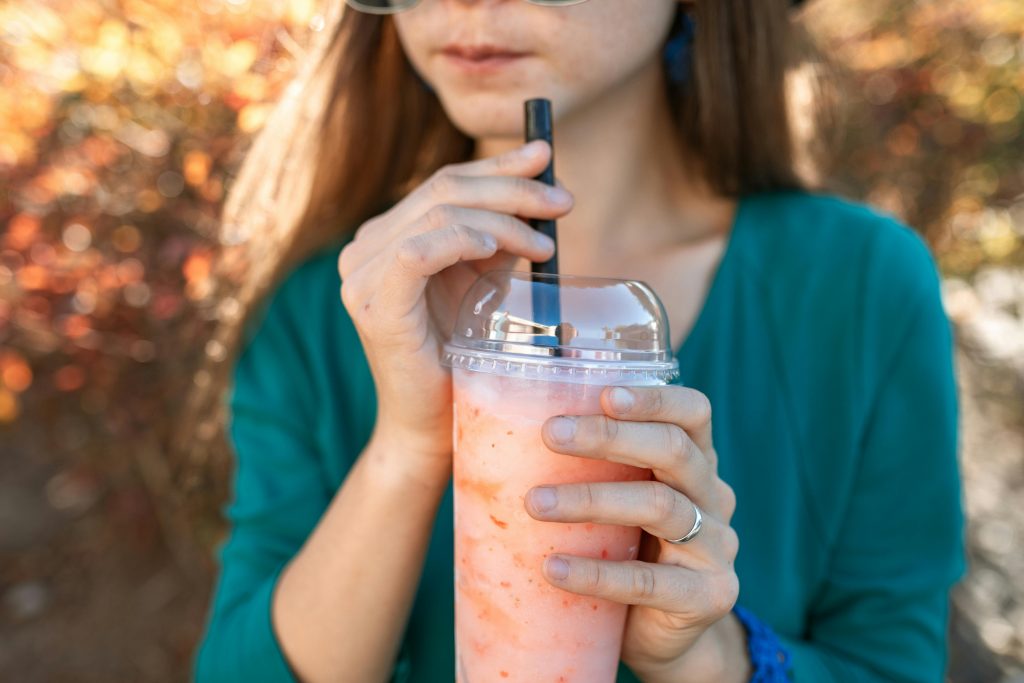
Bubble tea has become more than a drink—it’s a social experience and fashion statement. Fueled by social media, its colorful cups and customizable flavors have made it a symbol of youth culture. The global bubble tea market is now worth billions of dollars, with shops in nearly every major city.
But behind the fun lies a serious public health issue. In 2019, a 14-year-old girl in China was hospitalized after doctors found over 100 undigested tapioca pearls in her stomach, causing severe constipation. While extreme, such incidents highlight the risks of overconsumption and the lack of nutritional awareness surrounding these drinks.
Public health advocates urge consumers to see bubble tea as an occasional indulgence—not a replacement for water. Marketing often glamorizes sugary beverages, particularly targeting teens and young adults. Xiao Yu’s case exemplifies this broader trend, where hydration has become flavored, branded, and sweetened—at the expense of long-term health.
Prevention and Health Advice

Xiao Yu’s experience delivers a powerful message: water is irreplaceable. Doctors universally agree that plain water is the best—and simplest—way to maintain kidney health. It flushes toxins, dilutes urine, and prevents crystal formation.
Adults should drink at least two liters of water daily, though needs vary by climate, activity, and diet. For bubble tea lovers, moderation is key:
-
Limit consumption to once a week.
-
Choose smaller cup sizes and lower sugar levels.
-
Replace powdered creamer with fresh milk or plant-based alternatives.
-
Try lighter toppings like aiyu jelly or konjac pearls.
A diet rich in fruits and vegetables also helps. Citrus fruits, in particular, contain citrate, a natural compound that prevents stone formation.
Regular checkups are vital for anyone with diabetes, obesity, or high blood pressure—all risk factors for kidney disease. Early detection can prevent painful and costly complications. Doctors stress that while kidney stones are treatable, prevention remains far easier—and far less painful—than cure.
Tips for Everyday Hydration
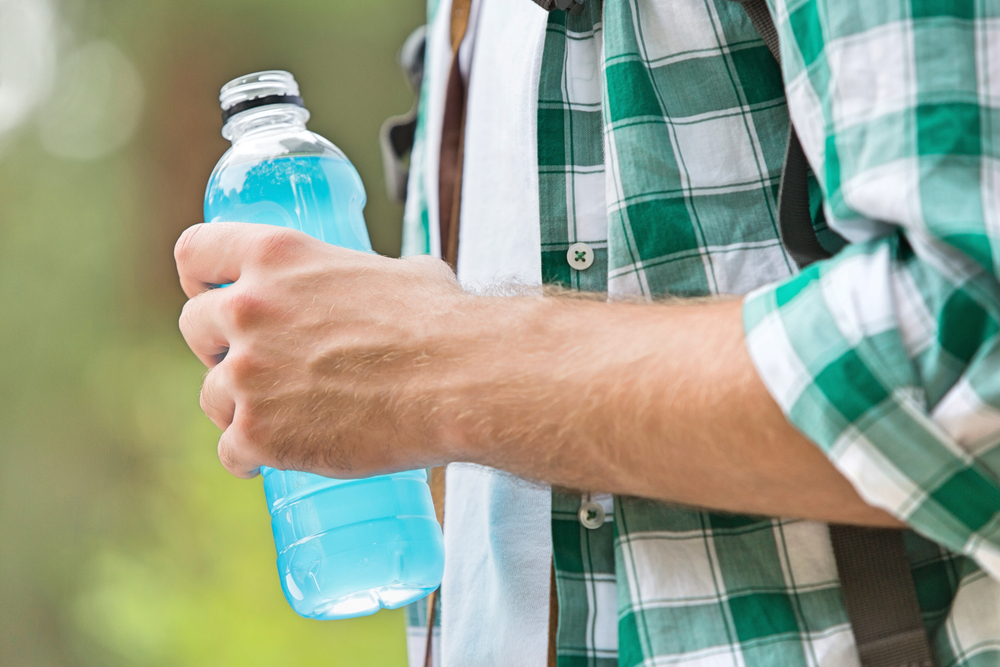
Xiao Yu’s ordeal might sound extreme, but it highlights simple steps anyone can take to protect their kidneys:
-
Carry a reusable water bottle to encourage frequent sipping.
-
Infuse water with fruit or herbs like lemon, mint, or cucumber for natural flavor.
-
Set hydration reminders through phone apps.
-
Opt for unsweetened tea for variety without sugar.
-
Balance alcohol and caffeine with extra water.
-
Track sugar intake to stay aware of hidden calories in drinks.
-
Eat hydrating foods such as watermelon, cucumber, and oranges.
A Cautionary Tale with a Sweet Twist
Xiao Yu’s recovery was swift, but her story continues to echo across Taiwan and beyond. It’s a stark reminder that in a world filled with tempting drinks, we often overlook the simplest and most essential one—water.
Bubble tea will likely remain a beloved treat, a symbol of comfort and culture. But Xiao Yu’s painful experience draws a clear line between indulgence and dependence. When sweetness replaces simplicity, the consequences can be devastating.
Her story leaves us with a single, timeless truth: a glass of water may be the most powerful medicine your body will ever need.
News in the same category


Woman sued weatherman for $1,000 after he made the wrong weather prediction

Malia Obama Directs A’ja Wilson’s New Nike Commercial & It’s a Beautiful Love Letter to Black Girls

Maya Angelou Becomes First Black Woman To Appear On Quarter

Denzel Washington & A$AP Rocky Shine in Trailer for Spike Lee’s New Crime Thriller ‘Highest 2 Lowest’

Cindy Crusto Makes History As First Black Woman Professor In Yale Psychiatry History
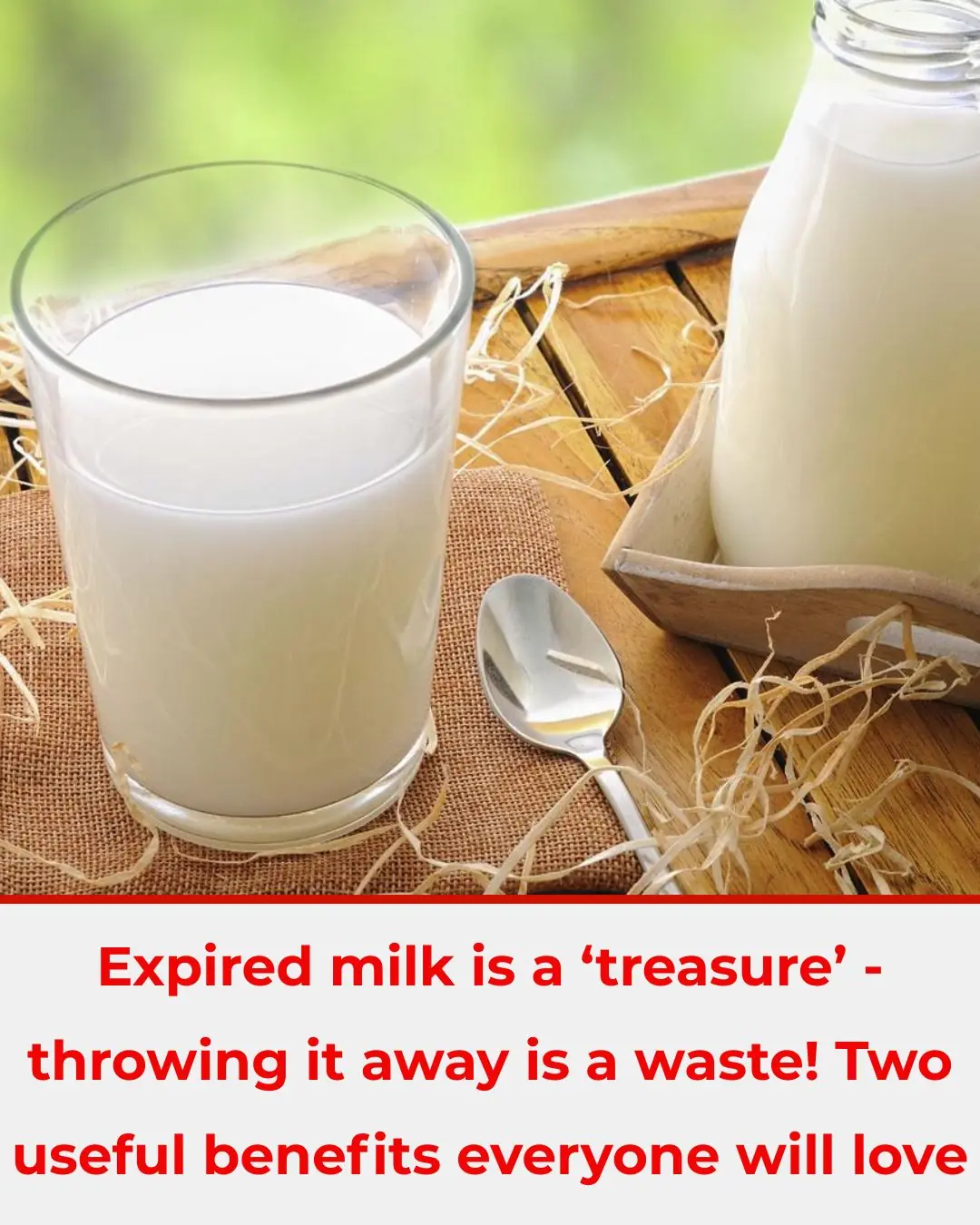
Expired Milk Isn’t Just Waste — 2 Useful Ways to Reuse It (If It’s Not Spoiled)

Sheila Brown Becomes The First Black Woman To Own A Radio Station In Buffalo, New York

Deion Sanders Delivers a Beautiful Mother’s Day Tribute to His Mom, Ms. Connie Knight

‘Never Seen Stephen A. Smith Look So Scared’: Serena’s Husband Pulls Up to Stephen A. Smith’s Workplace to Confront Him Following ESPN Host’s Comments About Tennis Star
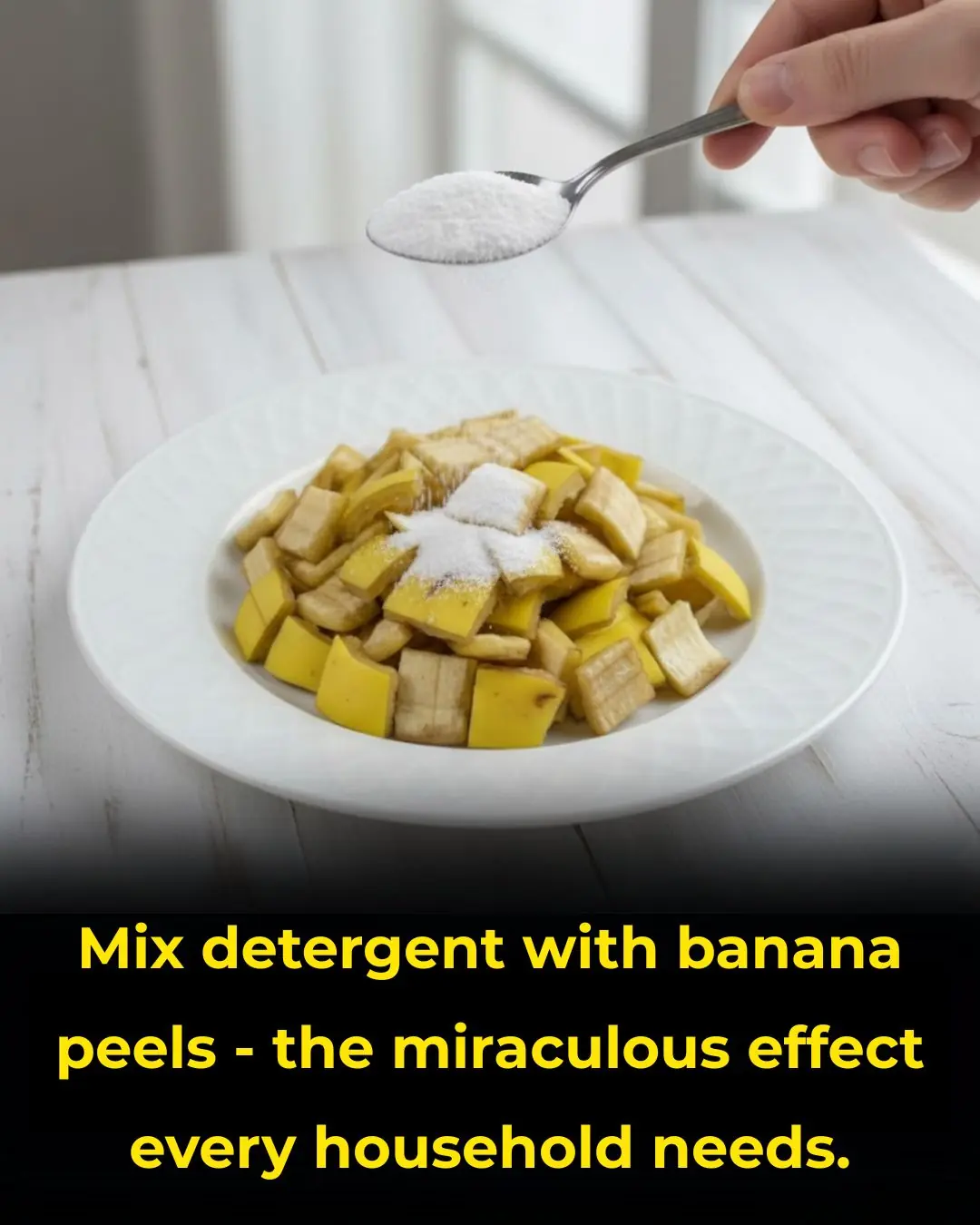
Mixing Banana Peels with Laundry Detergent — What It Claimsto Do (And What to Watch Out For)

How to Use Snake Plant (Sansevieria) for Sinusitis and Other Respiratory Conditions

Toilet Bowl Covered in Yellow Stains? You Don’t Need to Scrub Hard — Use These Simple Tricks to Make It Sparkling Again
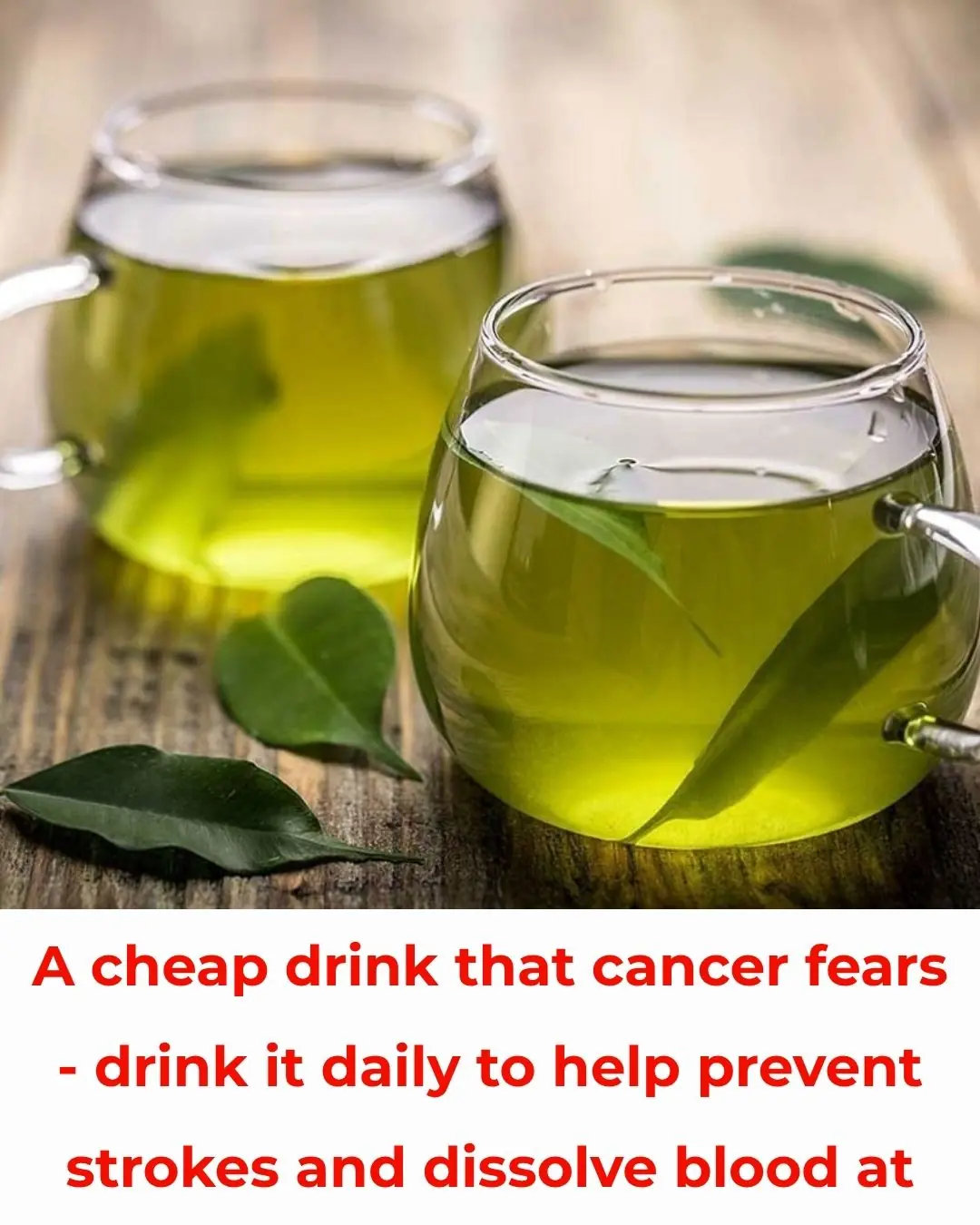
Cancer “Fears” Cheap Drink — Daily Habit May Help Prevent Stroke, Lower Blood Fat, Reduce Cancer Risk
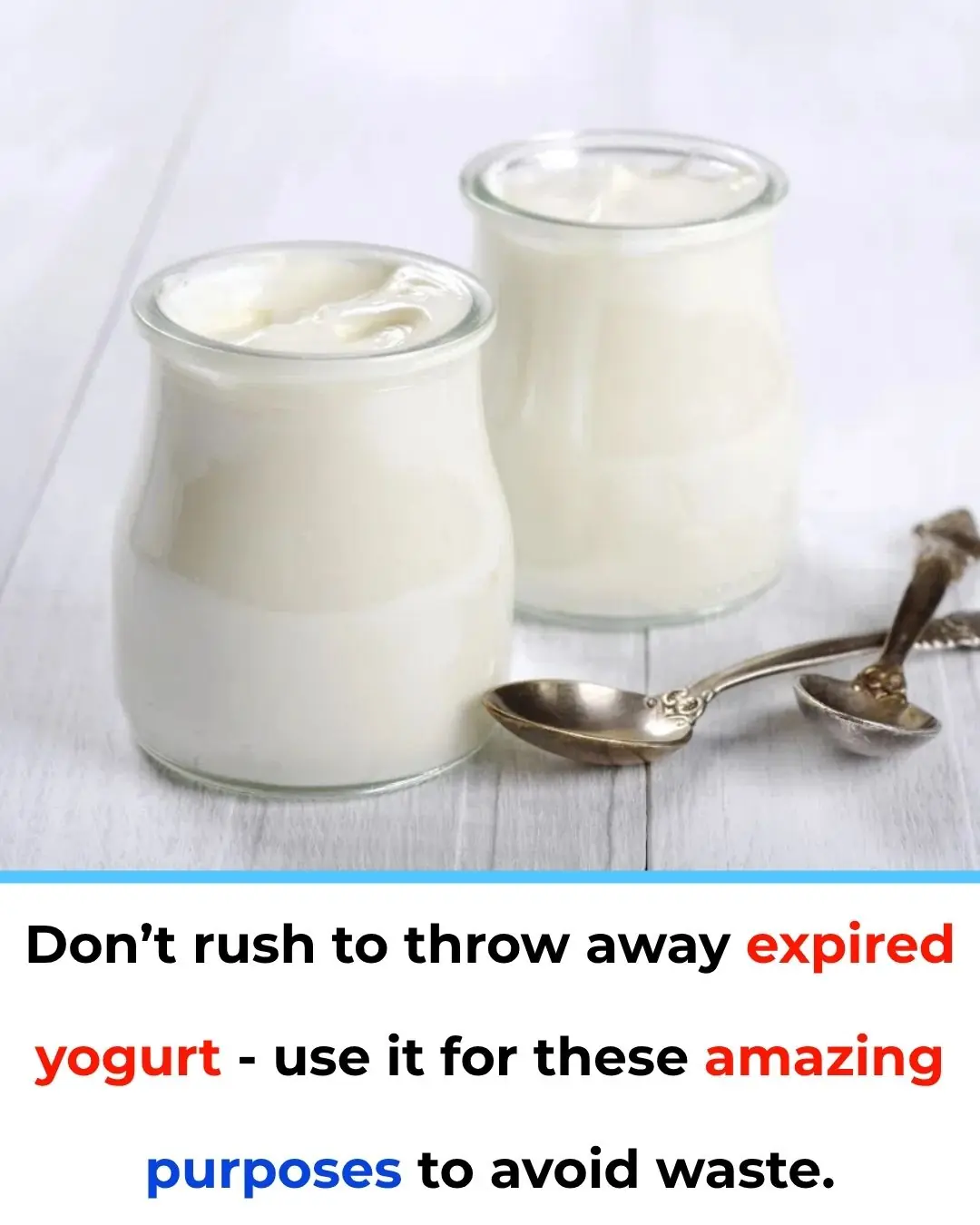
What to Do with Yogurt Past Its Expiration — 4 Creative Uses (If It’s Still Good)
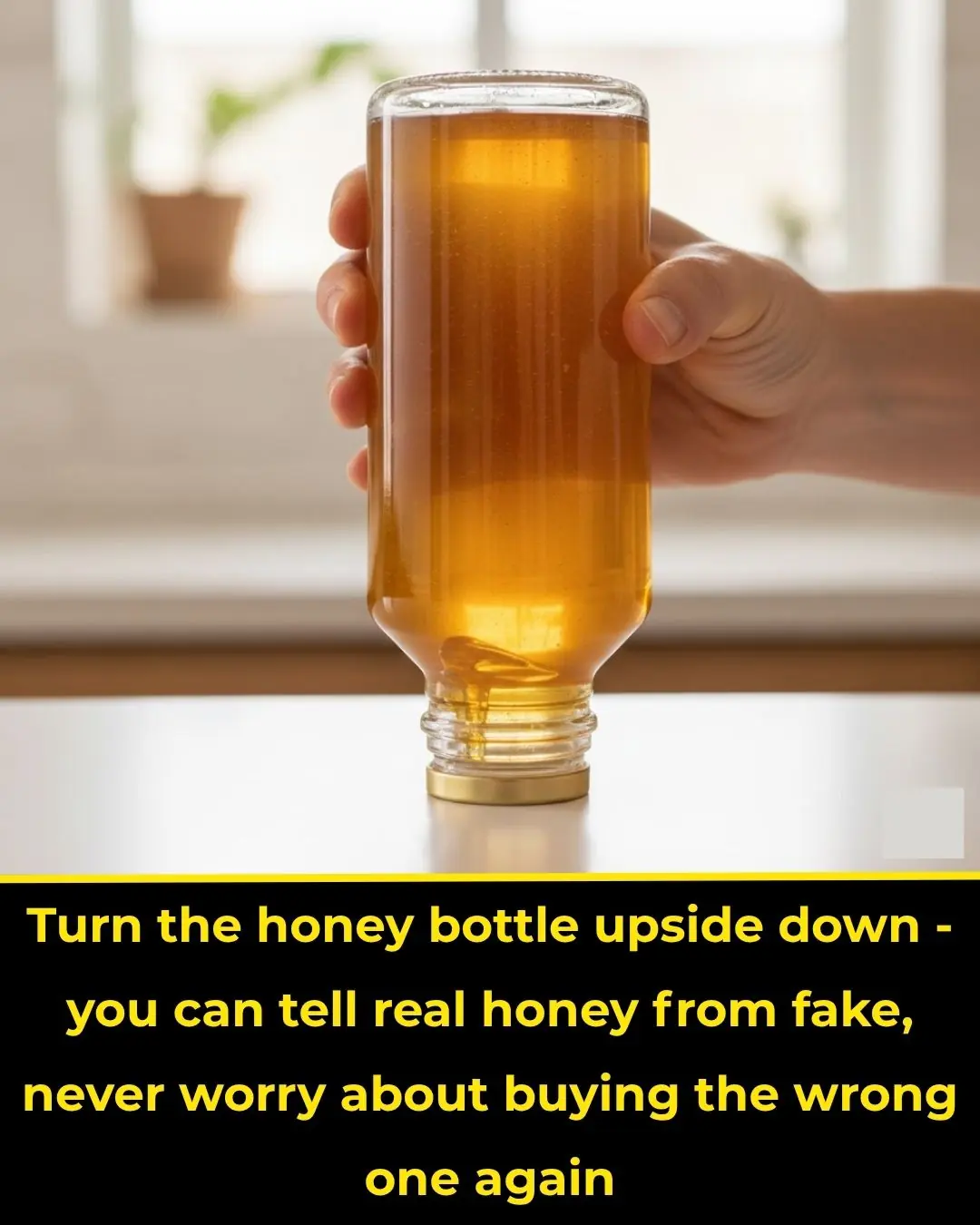
How to Tell Real Honey from Fake: The “Flip the Bottle” Test and Other Tips

Priest who 'died and went to hell' after heart attack reveals what he really saw

Donald Trump warns he could use centuries-old act to send military to specific US states
News Post

The Man Who Remembers Hunger: Why One Act of Kindness Matters.

The Little Elephant Who Was Born Different: A Pink Calf in the Wild

When Love Has No Address: A Man and His Dogs

A Boy, a Soldier, and an Umbrella: A Timeless Gesture of Respect
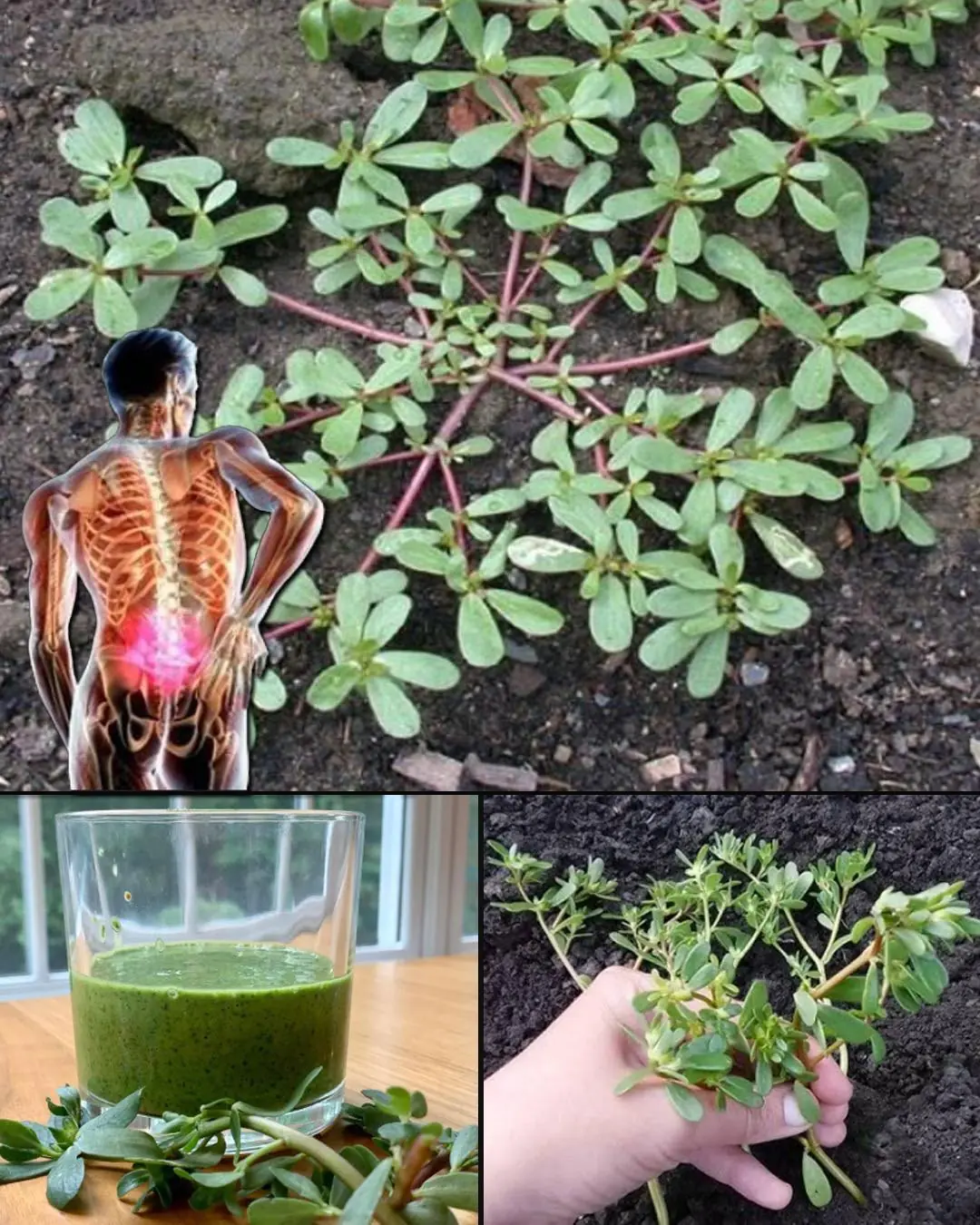
Purslane: The Superfood That Tastes Better Than Meat – 7 Reasons to Grow It in Your Garden
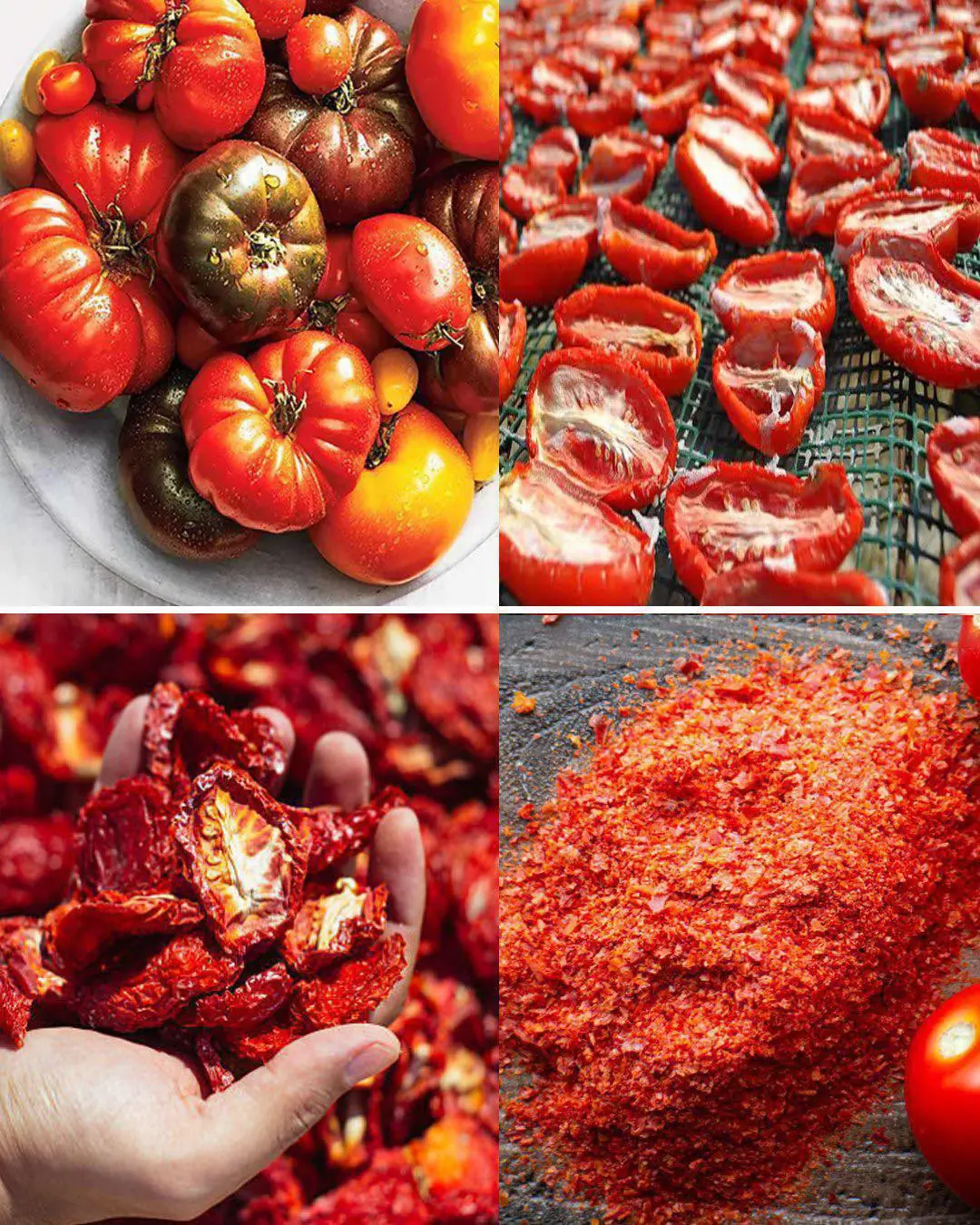
Don't Throw Old Tomatoes in the Trash.Turn them into flavorful tomato powder.
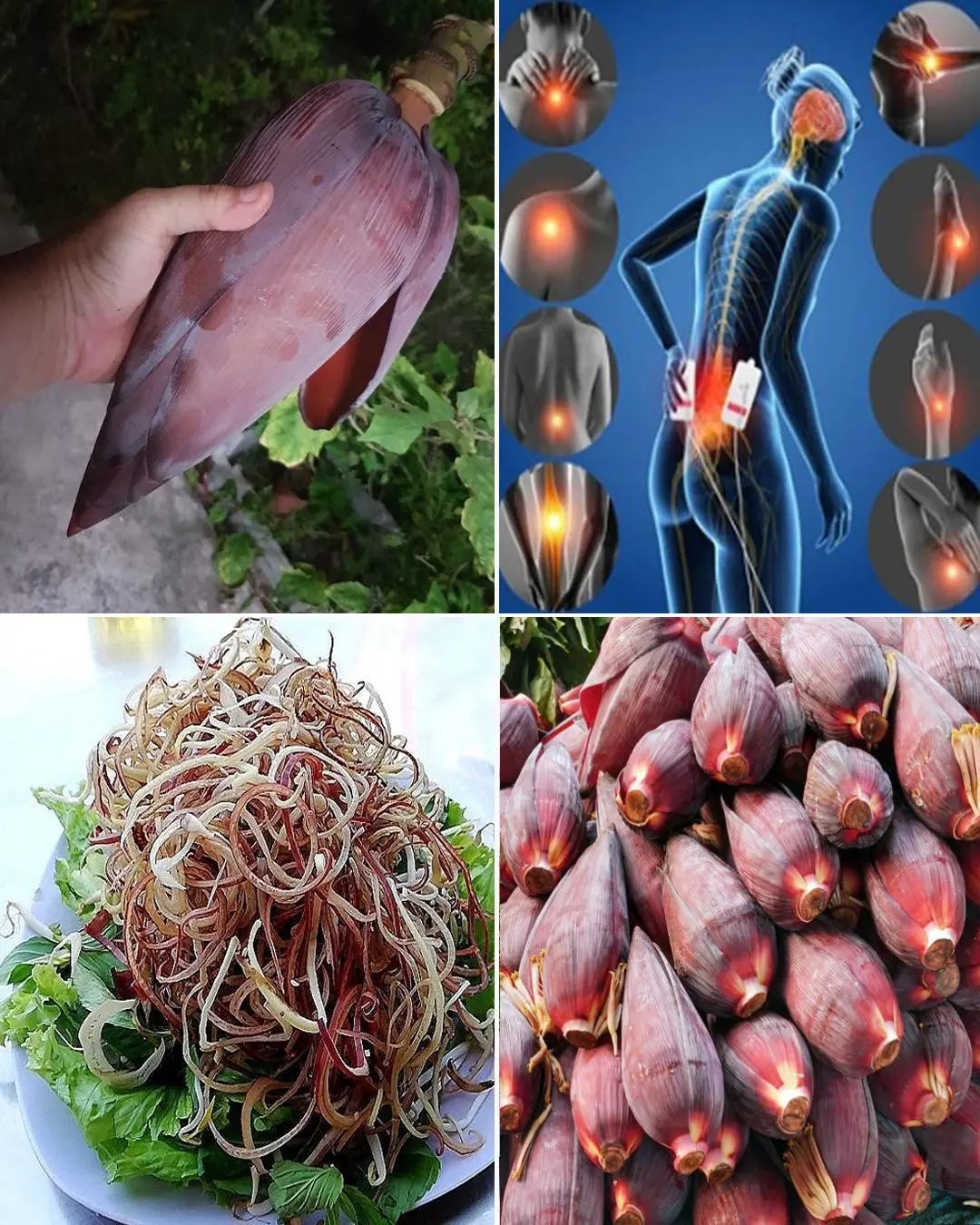
Banana Blossom: Health Benefits, Recipes, and Uses
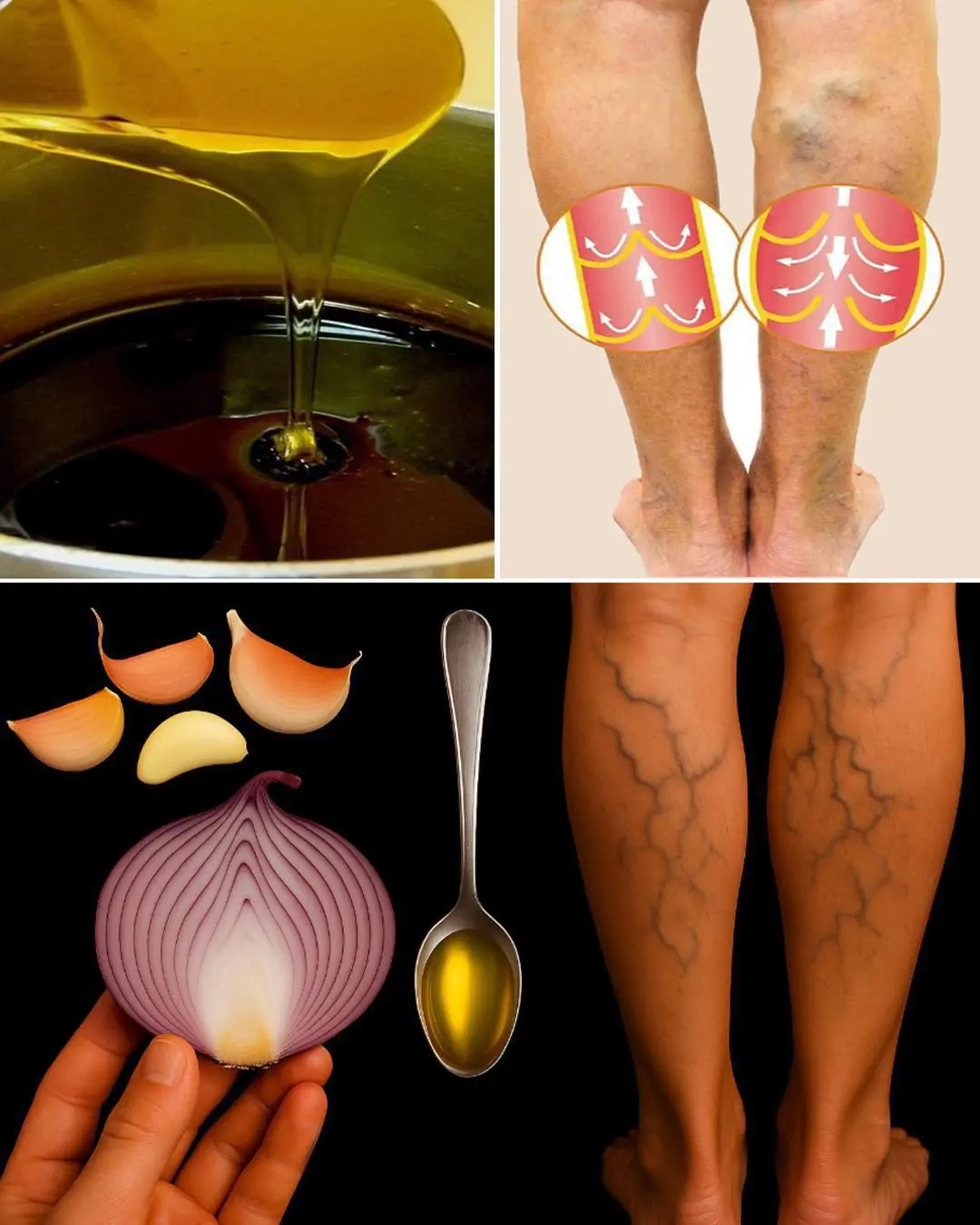
Onion, Garlic, and Olive Oil Remedy for Varicose Veins: Natural Treatment and Benefits

The Photo of the Year: A Glimpse of Courage the World Must Not Forget
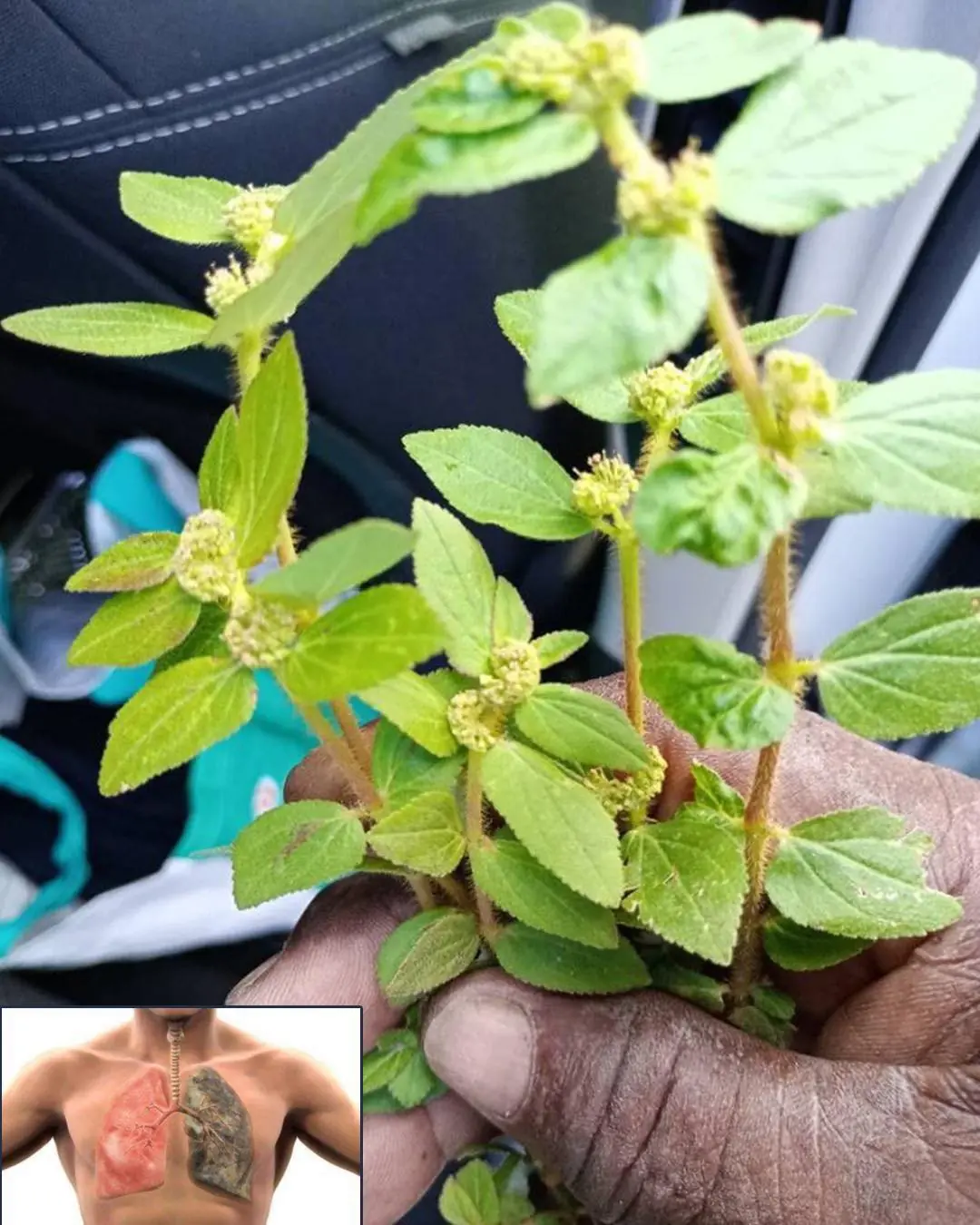
7 Surprising Benefits of Euphorbia Hirta
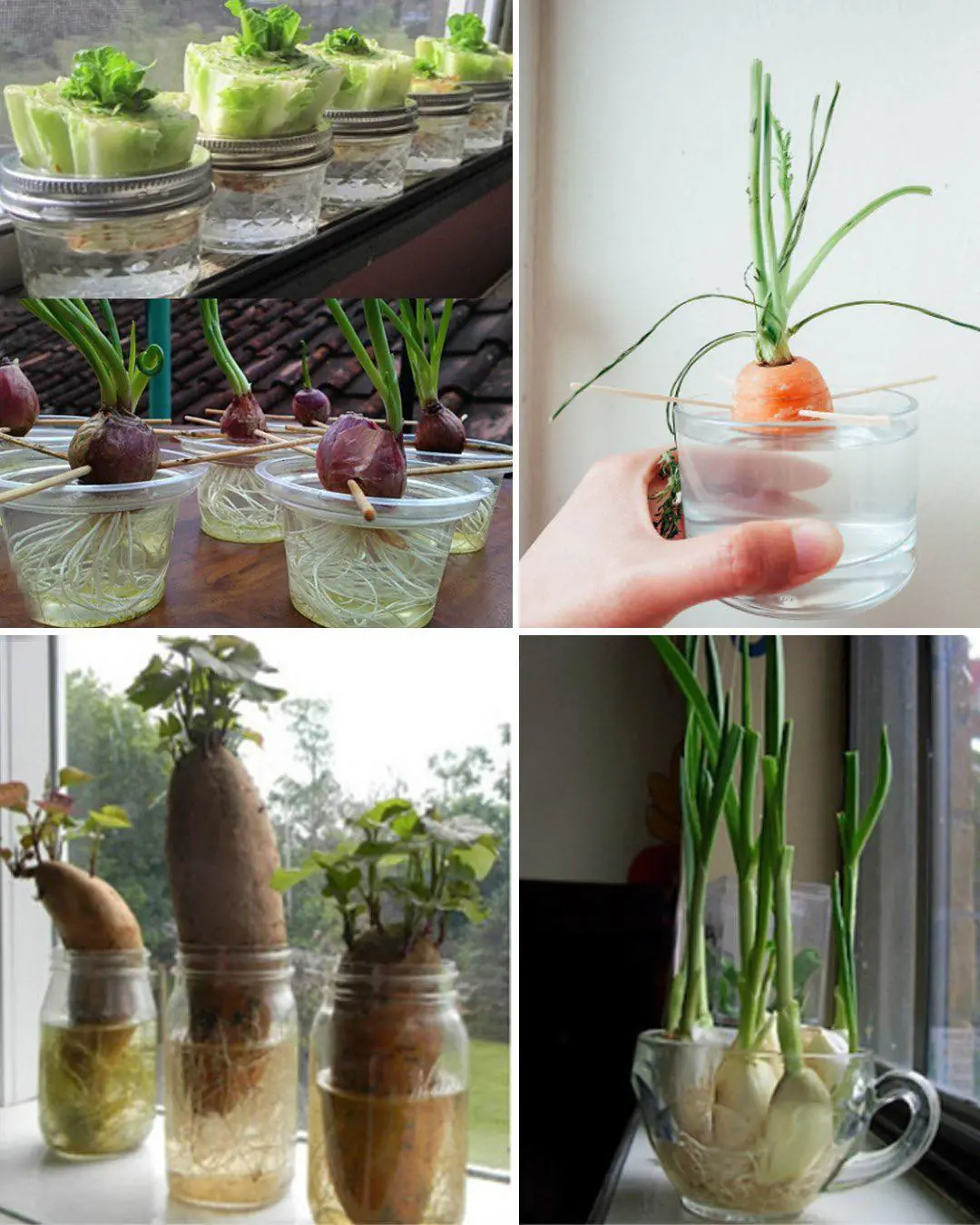
How to Regrow Food in Water: 10 Foods that Regrow Without Dirt

Firefighters Save Trapped Fawn from Storm Drain, Reuniting It with Nature
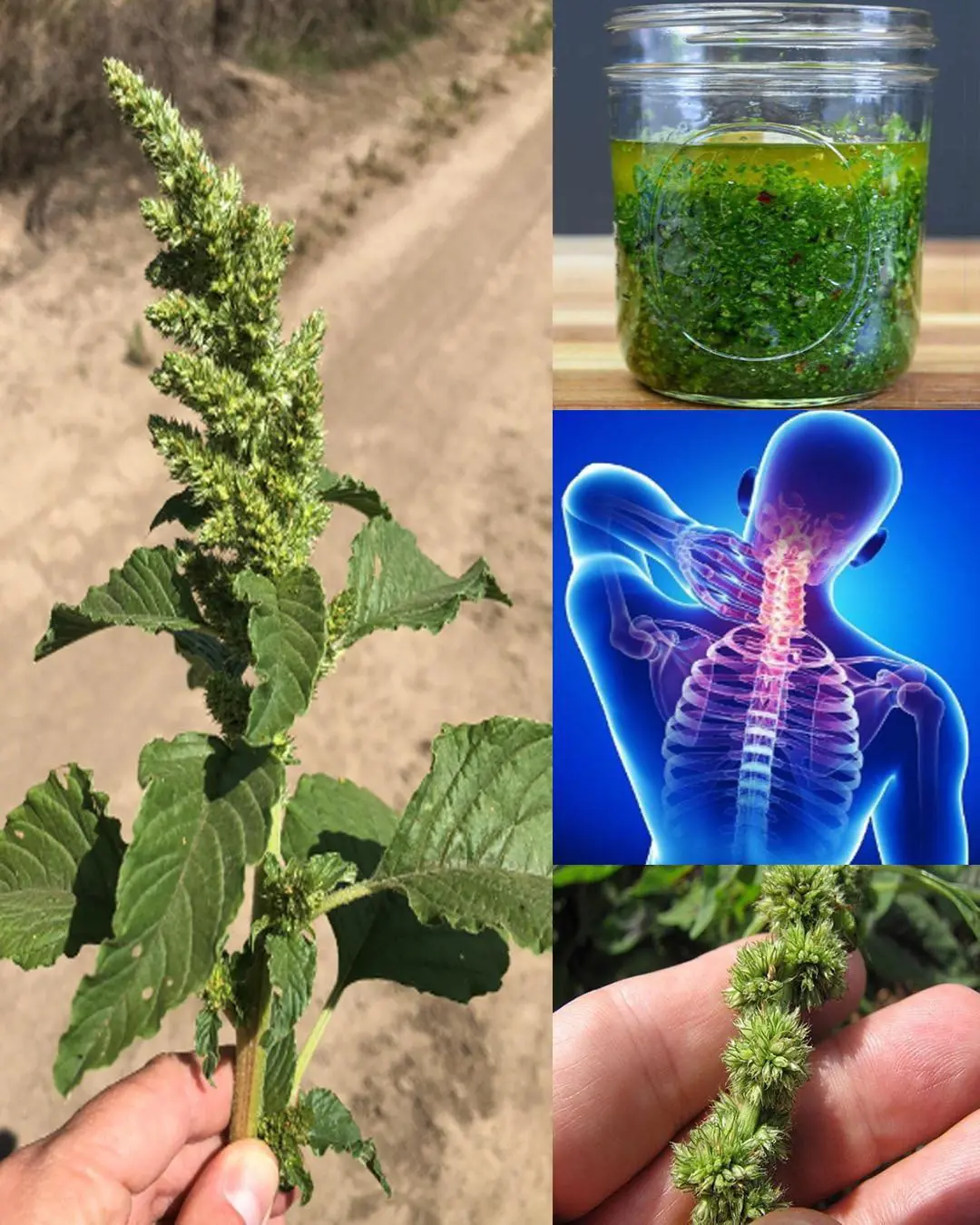
10 benefits of pigweed
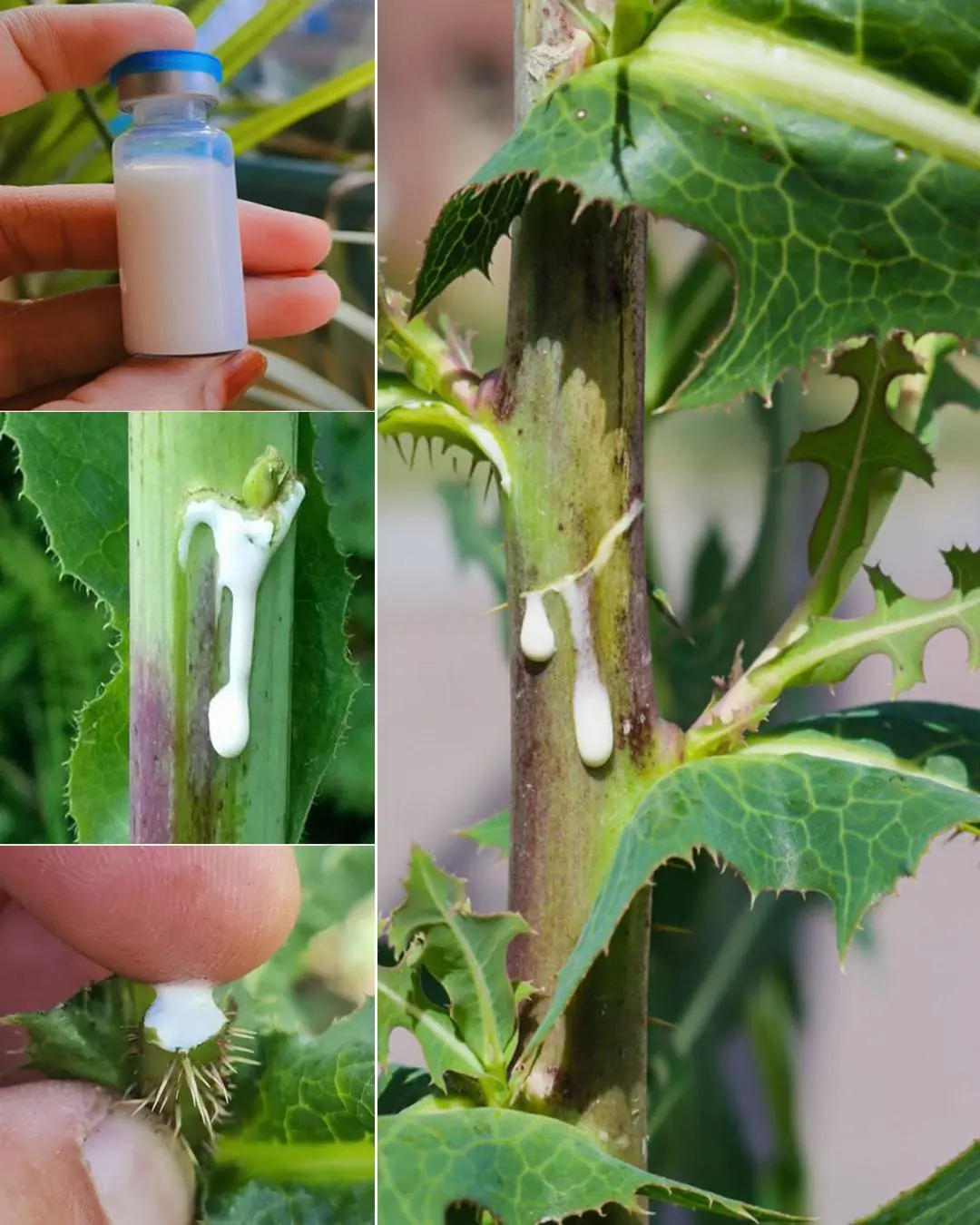
Wild Lettuce Sap: Benefits and Uses

When “Just a Dog” Becomes the Difference Between Life and Death

Teddy’s Hug: A Rescue Story of Unbreakable Love

Benny’s Redemption: A Journey from Loneliness to Love

Man has stroke after bathing right after meal: 3 mistakes you shouldn’t make

Redemption in Yarn and Paws: How a Cat Gave My Brother Back His Life
